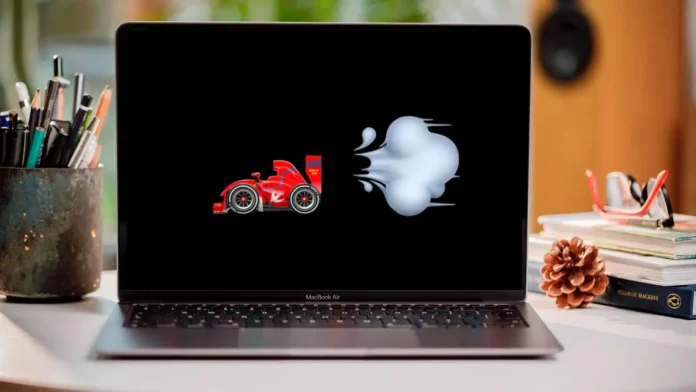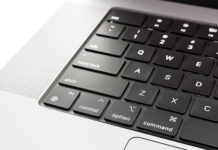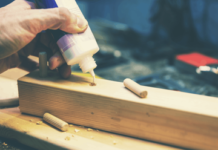It’s every MacBook user’s nightmare: you’re in the middle of an important task, and suddenly your laptop is running unbearably slow. Don’t despair—there are steps you can take to speed up your MacBook, from quick fixes to more permanent solutions. In this blog post, we’ll dive into 6 ways that you can speed up your Macbook and prevent it from slowing down again. We’ll look at simple fixes like closing background apps and emptying the trash bin, as well as more advanced techniques, like freeing up hard drive space or upgrading hardware components. Read on to get your Macbook running faster than ever!
Update Your Software
If your MacBook is running slow, one of the first things you should do is update your software. Software updates often include performance enhancements and bug fixes that can help speed up your Mac.
To check for software updates, open the App Store on your Mac and click the Updates tab. If there are any available updates, click the Update button next to each one to install it.
You can also set your App Store preferences to automatically install updates, which can be helpful if you want to make sure you’re always running the latest software versions. To do this, open the App Store Preferences window (you can find it in the App Store menu at the top of your screen) and select the “Automatically check for updates” option.
Clean Up Your Desktop
1. Open up your Finder and hit Command + Shift + G. This will open a Go to Folder window.
2. Type in ~/Library/Caches and hit Enter. This will take you to the folder where all of your cached data is stored.
3. Select all of the items in the folder and move them to the trash. You can also do this by right-clicking on the folder and selecting Move to Trash.
4. Empty your trash can.
Repeat this process for the following folders:
~/Library/Logs
~/Library/Application Support/CrashReporter
~/Library/Saved Application State
Get More RAM
If your MacBook is running slow, one of the best ways to speed it up is to add more RAM. RAM can help your MacBook run faster and smoother, especially if you use memory-intensive apps or programs.
Adding more RAM to your MacBook is relatively easy and inexpensive, so it’s definitely worth doing if you want to speed up your computer. You can either add more RAM yourself or take your MacBook to an Apple store or authorized MacBook service provider to have them do it for you.
If you want to add more RAM yourself, you’ll need to purchase RAM modules that are compatible with your MacBook model. Once you have the RAM modules, simply follow the instructions in your MacBook’s manual to insert them into the appropriate slots.
Once you’ve added more RAM to your MacBook, you should notice a significant speed boost. Your computer will be able to handle more tasks at once and will overall just feel quicker and smoother. So if your MacBook is running slow, don’t hesitate to add more RAM – it could make a world of difference!
Reduce Login Items
If your MacBook is running slowly, one of the first things you should do is take a look at your Login Items. These are the apps and services that start automatically when you log in to your Mac. Over time, these Login Items can build up and start to bog down your system. To see what Login Items you have, go to System Preferences > Users & Groups > your account > Login Items. Here, you can see a list of all the items that start automatically when you log in.
To remove an item from the list, simply select it and click the minus (-) button. You can also add items to the list by clicking the plus (+) button. When adding an item, you’ll be prompted to choose which app or service you want to add.
After making changes to your Login Items, be sure to restart your Mac for the changes to take effect.
Reindex Spotlight
If you’re noticing that your MacBook is running a bit slow, one thing you can try is reindexing your Spotlight. To do this, open up System Preferences and click on Spotlight. Then, click on the Privacy tab and add your hard drive to the list. This will force Spotlight to reindex everything on your hard drive, which can help speed things up.
Restart Your MacBook
If your MacBook is running slow, one of the first things you can do to try and speed it up is to restart it. This will close any programs that are running in the background and clear your computer’s memory. To restart your MacBook, click the Apple logo in the top left corner of your screen and select “Restart.”
If your MacBook is still running slow after restarting, there are a few other things you can try. One is to clean up your hard drive by deleting old files and unused programs. Another is to add more memory to your computer by upgrading your RAM.


















